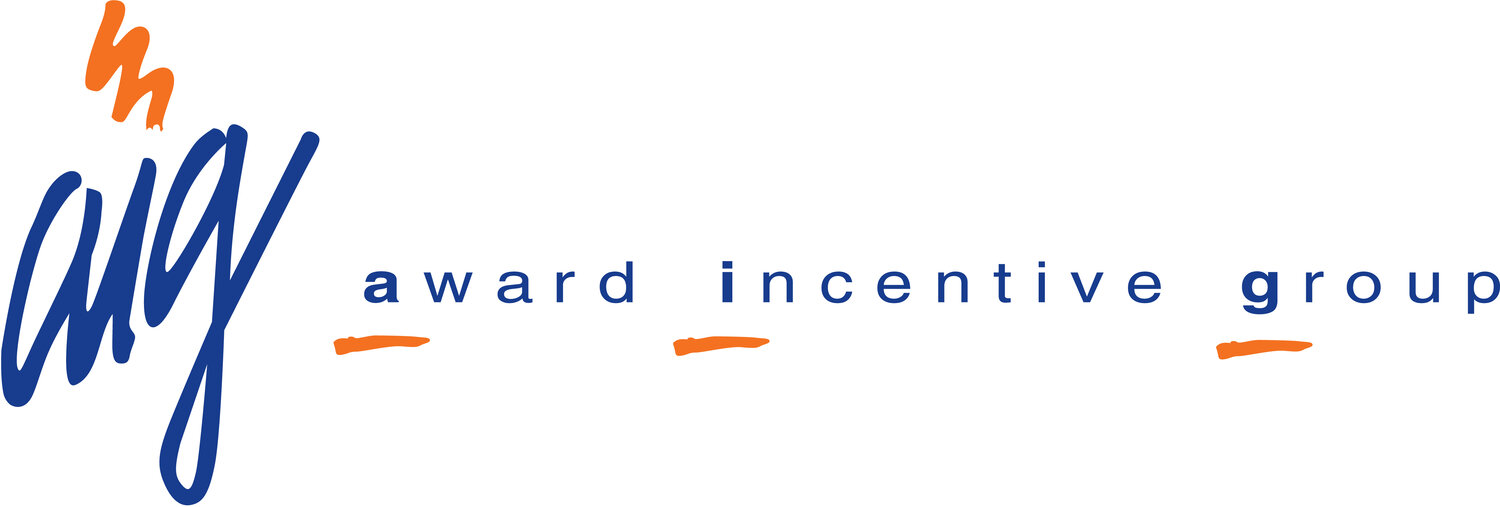April 1, 2021
The global pandemic has changed the way that many corporations operate, with a large percentage of employees working remotely, which has resulted in employee engagement falling to record lows.
Since the statistics show that businesses with a high level of employee engagement consistently outperform competitors, it is vital to develop an engagement strategy that is supported throughout the organization with the CEO and Executive Leadership driving the initiative.
The Profit and ROI of a highly engaged workforce, leverages your enterprise brand and also raises the bar on increased sales, productivity, innovation, quality and safety. A strategy to connect the dots in a virtual world have never been more critical.
To learn more and to help understand how this can be achieved, the link below is an EEA Zoom show on “Engagement Essentials” with the key points being:
• The key challenge with employee engagement assessment surveys is that there is rarely accountability for action.
• Employee engagement should be focused on the goals of the organization, and not engagement as an end.
• Organizational purpose and performance goals should drive engagement design, not satisfaction surveys.
• Today’s managers at all levels must not only have the soft skills to coach, support, and identify opportunities and challenges, but understand the business of people: how the various engagement tactics work together.
• CEOs and managers at all levels need to have their incentives aligned with effective people management.
• When selecting an engagement strategy or tactic, ask how it fits into the overall plan, aligns with other tactics, and can measured.
This virtual round table features Michael Anderson, Partner at Anderson Global Talent LLC. , Rick Garlick, Vice President MAGID and Research Advisor for Incentive Research Foundation, and Kevin Sheridan, author of multiple books on employee engagement, and developer of the PEER assessment product.


